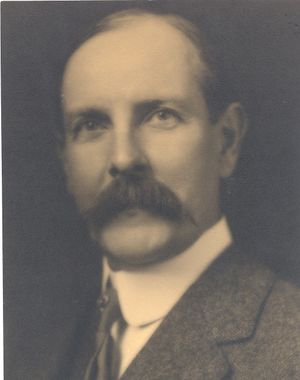Kennelly-Heaviside Layer
In 1902 Arthur Kennelly and Oliver Heaviside independently proposed the existence of an atmospheric layer of ions that conducts electricity and reflects radio waves. Kennelly published his ideas on March 15. Heaviside's hypothesis went public on December 19. The layer is now called the E region.
Both men came to their theories by observation of the movement of communication signals across long distances. Kennelly, an academic and consulting engineer for the communications industry, noticed that Guglielmo Marconi’s reception in Newfoundland of radio signals sent from England was much better than radio-wave theory would predict. Marconi, however, had no explanation for why the curvature of the earth did not stop them from moving across the Atlantic Ocean. Kennelly guessed that a layer of ionized gas high in the atmosphere was reflecting radio waves and extending their ability to propagate. Short-wave radio waves might enter this ionsphere, but longer waves would bounce off it. This property allowed them to curve around the earth and beyond the horizon. At the same time, Heaviside, a largely-self taught British physicist, came to a similar conclusion.
The strength of propagation of radio waves depended on the time of day, the season, and the amount of sunspot activity. During the daytime, the solar wind presses this layer closer to earth, but at night, the solar wind drags it further away. As a result, radio waves can travel further by reflection at night.
Scientists did not experimentally prove the existence of this atmospheric layer until 1924, thanks to research into the movement of radio signals in the ionosphere by British scientist Edward V. Appleton.

